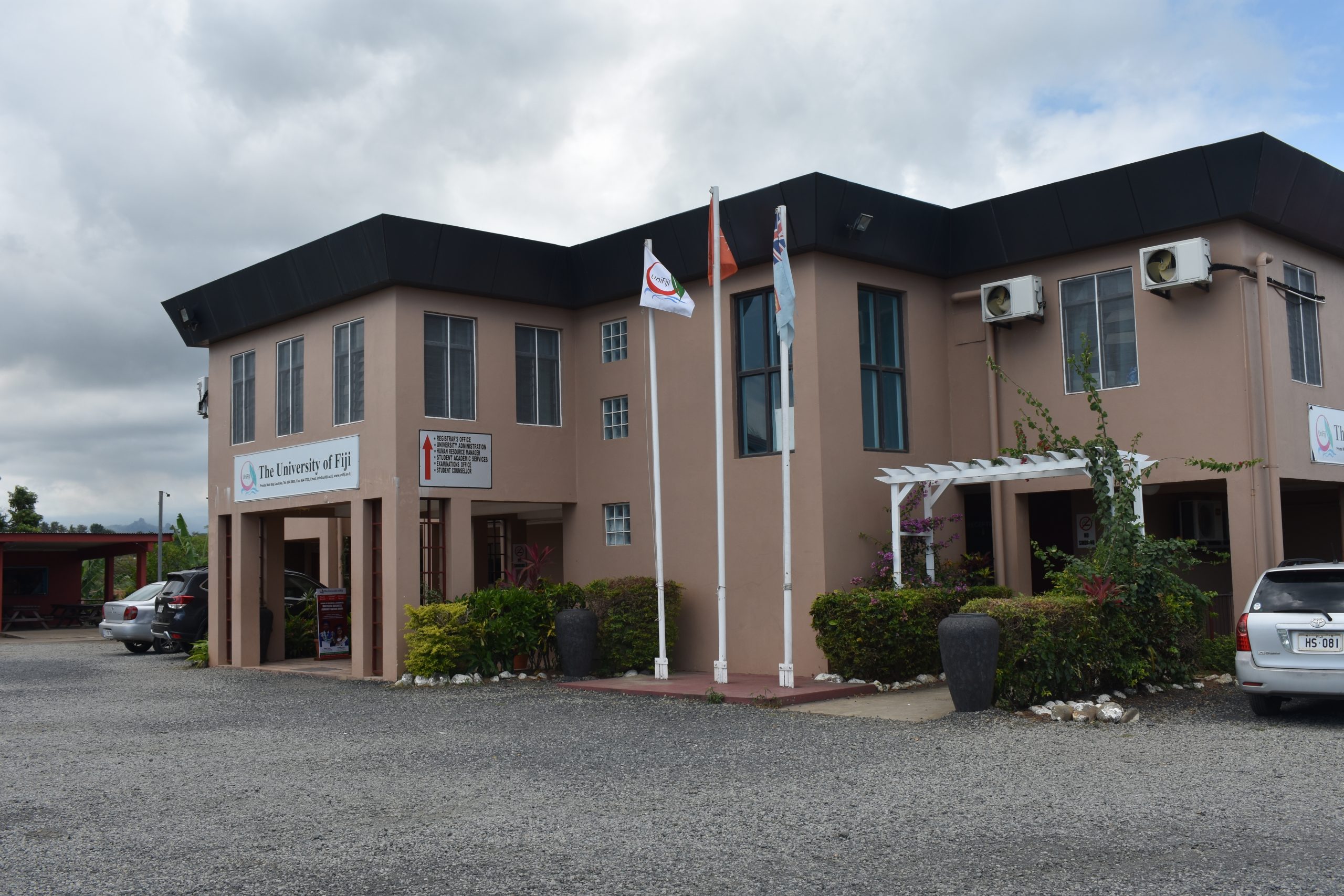The University of Fiji has recognized the need to adjust to the ‘new normal’ where minimal physical interaction and an increased reliance on technology have become necessary in educational institutions and workplaces due to the advent of COVID-19.
The Acting Vice-Chancellor of The University of Fiji, Professor Shaista Shameem, says the pandemic has significantly changed the teaching pedagogic methods at the University.
“Students have had to learn new methodologies of learning,” she says, “and staff have also had to learn new ways of teaching.”
But with these new methods have also come the need to adapt to new necessities to cope with the developments.
“There are challenges,” says Professor Shameem, “but they have also given us the opportunity to learn new skills.”
The Virtual Classroom
Professor Shameem states that with the need for online teaching of a particular quality, the University explored the need for a virtual classroom- as close as possible to face to face learning and teaching as possible.
“Our innovative methodology is called ‘Face to Face Online’”, she says, “and we can now offer our programmes regionally and internationally without students having to leave their countries or even their homes. Similarly, working students are finding it easier to attend their classes when they do not have to leave their desks and rush to physical lecture rooms, usually arriving late and flustered due to traffic.”
The Virtual Classroom, facilitated in partnership with an international higher education instructional design company, allows the University of Fiji staff and students to emulate the physical classroom in multiple ways and for simultaneous connection between and among lecturer and other students.
Dr. Wahab Ali, Associate Professor in the Department of Education at the School of Humanities and Arts, says the many encouraging aspects of the Virtual Classroom methodology are attractive to students.
“I believe that there are a lot of positives in it,” says Dr Ali. It shows that the quality of online teaching and learning has improved.
“In this technology-based learning, we can incorporate aspects from multimedia and various learning aids on the internet,” he said.
With these unique physical and virtual classrooms in combination, students can either study on campus, or from the comfort of their homes or the convenience of their offices. This makes the University of Fiji attractive to regional Pacific Island students also. The method incorporates virtual laboratories and digital medical and health science learning as well which is an innovation in the Pacific.
The Virtual Classroom system is a face-to-face class but is online, meaning that it is possible to see and talk to students as one would in a real classroom. It is a stand-alone online education programme that is easy to use and saves lecturers time whilst ensuring academic integrity.
Gurukul: holistic learning in the Age of the Pandemic
The University of Fiji has also begun to place more emphasis on the importance of what are referred to as ‘soft skills’ as well as the hard, formal, qualifications more common to the University.
Professor Shameem says Covid-19 and pandemics to come instigated a review of the type of education that the University of Fiji wanted for its students and before they ‘are sent out into the world’.
“While attaining the ‘hard skills’ we are placing increasing importance on the intrinsic value of ‘soft skills’ like integrity, empathy, compassion and duty. This is where the Arya Pratinidhi Sabha’s traditional Gurukul system of education has become another innovation of the University”, she said. The Arya Pratinidhi Sabha of Fiji is the founder and owner of the University of Fiji. The Sabha’s responsibility for education is well known as the organization was one of the first to educate the children of indentured workers in Fiji from the early 1920s.
The Gurukul education system has roots in India and focused on students and teachers learning in an atmosphere of intellectual discipline and academic rigor. Students were expected to learn from their gurus and use their knowledge in practical life. It emphasized an all-around holistic development of the individual from an array of learning and teaching techniques involving the teachers and students together.
Students selected for the Gurukul were trained to be impeccable in conduct and values. It is important to note that women and girls were an integral part of the student population as gender was not considered a barrier to learning.
With the advent of technology, the world has progressed towards a formal educational system quite different from the Gurukul education system. But it remains a system from which much can still be learned.
Some of its principles are based on environmental safety, physical health, sports, art and craft, self-reliance and independence, self-confidence, self-esteem and intellectual problem solving.
“It is no secret that the pandemic has put us all on the back foot,” says Professor Shameem. “What we have done is review our Strategic Plan to see whether we are fulfilling our obligations to society given not only this pandemic but also pandemics to come.”
“The quality of what we do is at the top of our minds, and we’re reviewing our entire curriculum to ensure that we are not only topical but also modern as well as steeped in important values as we face the challenges of this century.”
“In this day and age,” Professor Shameem adds, “education is probably the only thing that allows people to both upskill themselves and become employed, even self-employed, in order to realise their dreams individually, or for family, parents and for society as a whole. The ancient Gurukul system of enhancing soft skills combined with the technologically modern Virtual Classroom are therefore essential to enable students to receive a more well-rounded education and, therefore, be a better citizen able to contribute meaningfully to society.”
